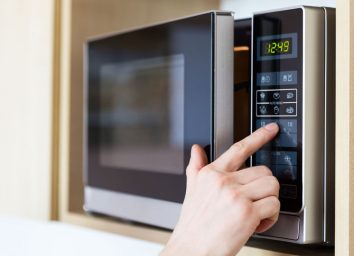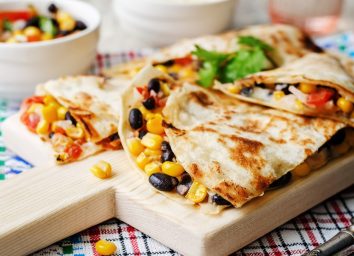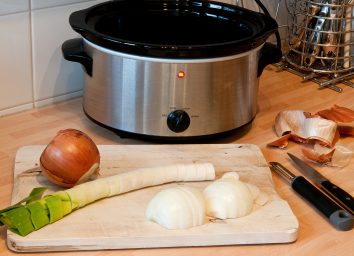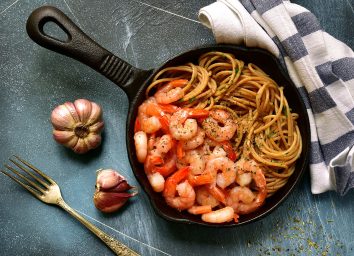13 Biggest Microwave Mistakes You're Making
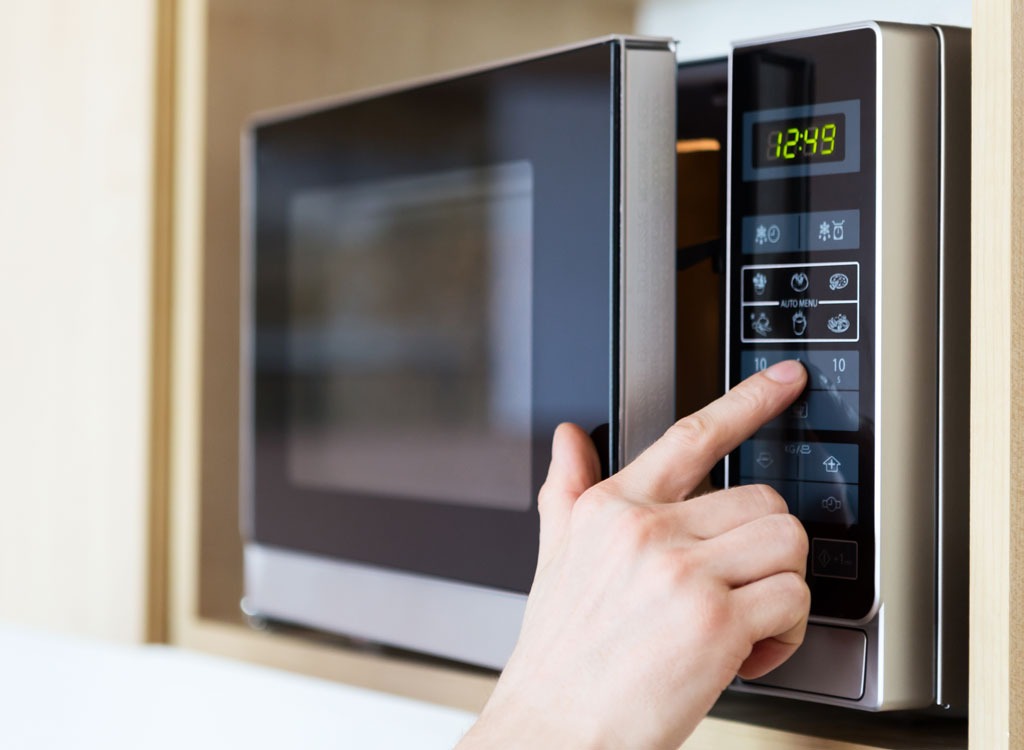
If there's one kitchen appliance it seems like most people can't live without, it's the microwave. In fact, a whopping 97% of American homes include microwaves, according to the U.S. Census Bureau. But are you sure you're using this ubiquitous appliance correctly? As it turns out, there's a good chance that, well, you just might be making tons of (very common) microwave mistakes when reheating food.
"Most people know that microwave ovens and conventional ovens cook food in different ways, but they don't know how that difference affects the food," says Lan Lam, senior editor at Cook's Illustrated in Boston, Massachusetts.
In order to make sure you're getting the most out of your food that needs to be reheated, we consulted the experts to let you in on 13 mistakes you might be making while microwaving your food—and what to do instead to get it right. And for more, check out these 15 Classic American Desserts That Deserve a Comeback.
Mistake: Not playing with your food.
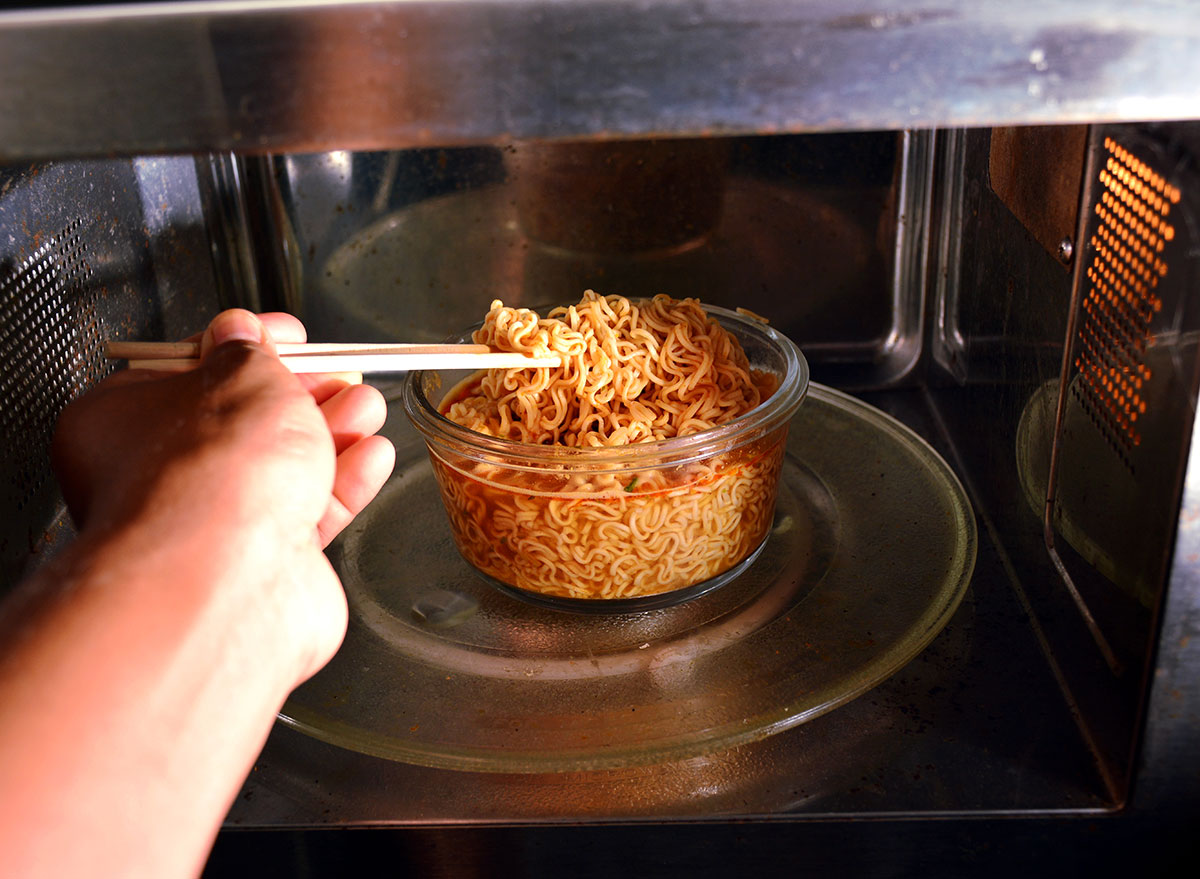
Even the hottest ovens heat the surface of your food at a fairly slow pace.
"That gives heat time to move toward the center of the food, heating the food fairly evenly," Lam says. "Microwaves heat the surfaces of food very quickly, but they can't help the heat move towards the center of your food fast enough."
As a result, hotspots flair up on the surface—even when the interior of the food is still ice cold. So it's best to do what your mom always told you not to do: play with your food. In a strategic way, of course.
"Move the food around by stirring, mixing, or flipping when you microwave," Lam says.
Mistake: Heating your food uncovered.
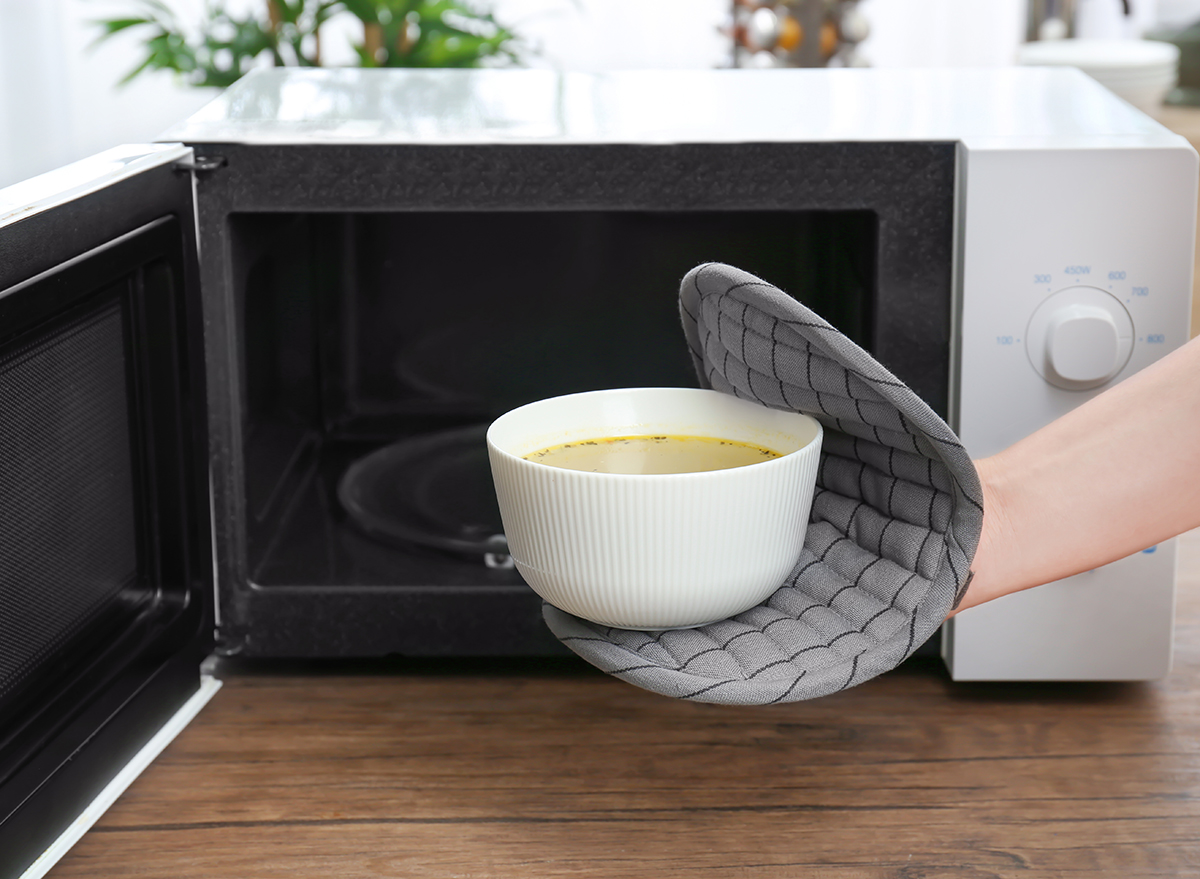
Not only will some sort of cover keep messes at bay, but it will also ensure your cuisine cooks evenly.
"Use a microwave-safe splatter guard or lid," says Suzanne Lasagna, chef evaluator at Auguste Escoffier School of Culinary Arts in Los Angeles, California. "That will keep steam in to help cook while containing any splattering to a minimum."
Mistake: Using the wrong cover.
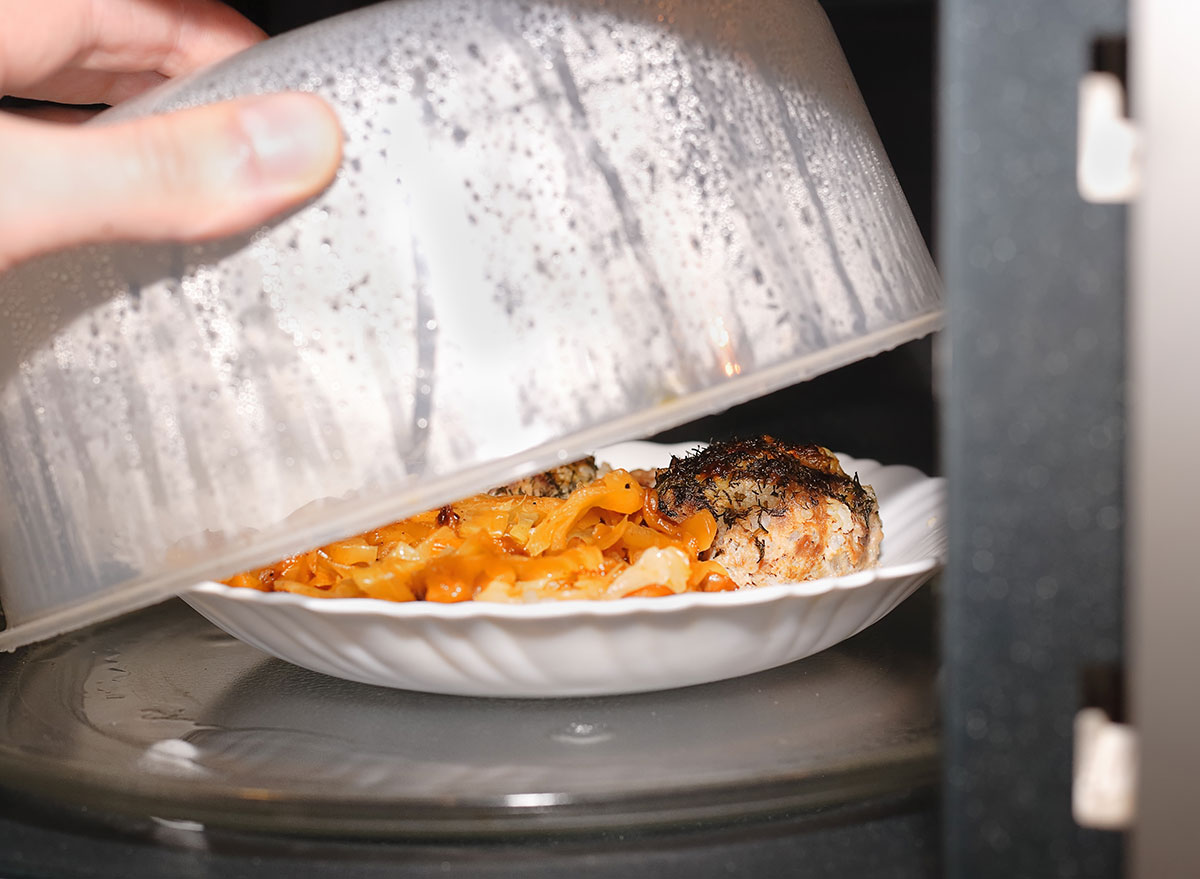
Repeat after us: "I will not place styrofoam in the microwave." Remember, that includes takeout containers and lids!
"Also avoid placing plastic wrap and paper bags in the microwave, as these items may have unsafe chemicals that can be released into food while it is cooking," Lasagna says.
Mistake: Overlooking the importance of the turntable.
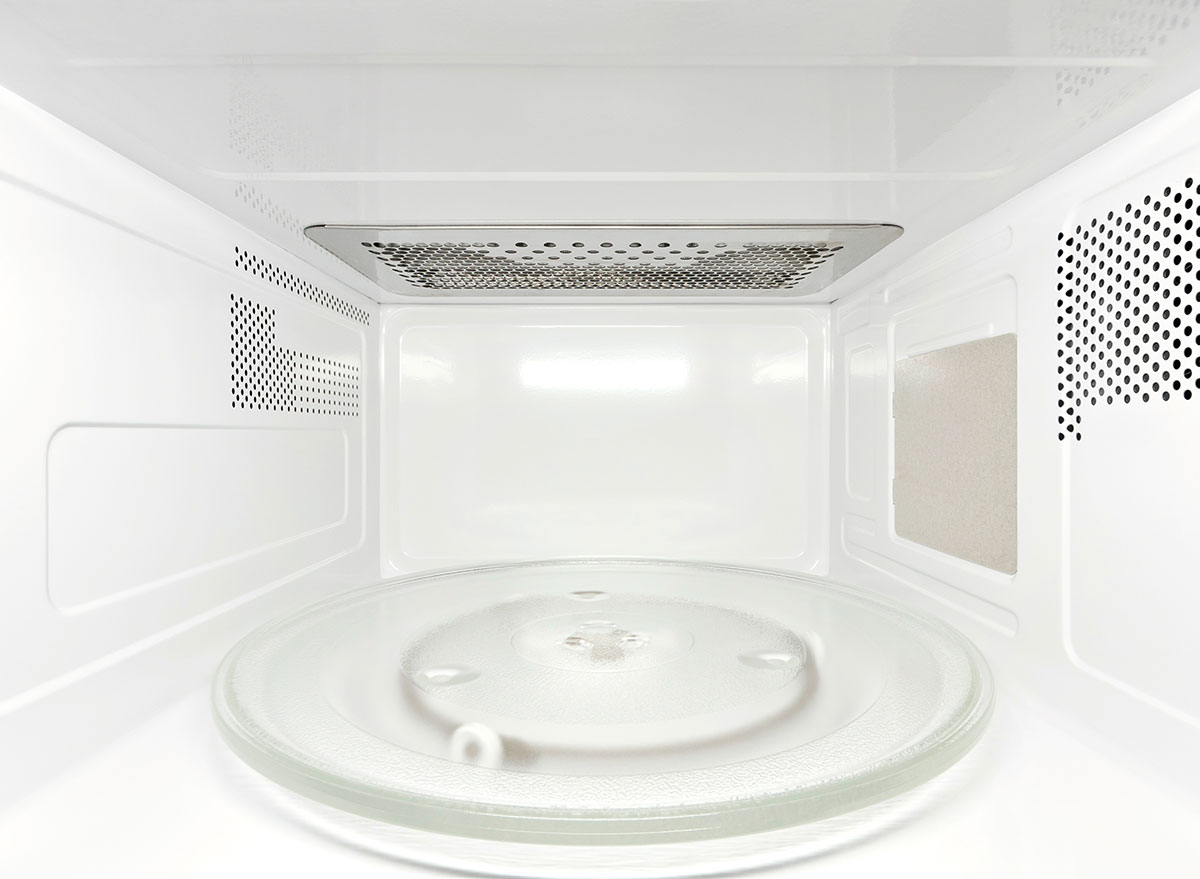
Actual microwaves (that's where the name comes from!) bounce from wall to ceiling to floor of the appliance and interact with each other in a way that creates warmer and cooler climates, Lam explains. So that's where the turntable steps in.
"Rotating may be required. Some manufacturers put turntables into microwave ovens so that your food moves into and out of those spots to help the food heat evenly. Others skip the turntable and try to even out the heat by embedding a fan-like device in the walls of the oven that directs the microwaves in a couple of different directions," she says.
The time you rotate the plate "is also a great opportunity to stir the dish. Even if you have a turntable, stirring the food during cooking is another way to help food reheat or cook more evenly," Lasagna says.
Mistake: Microwaving in a container that's not completely heat-safe.
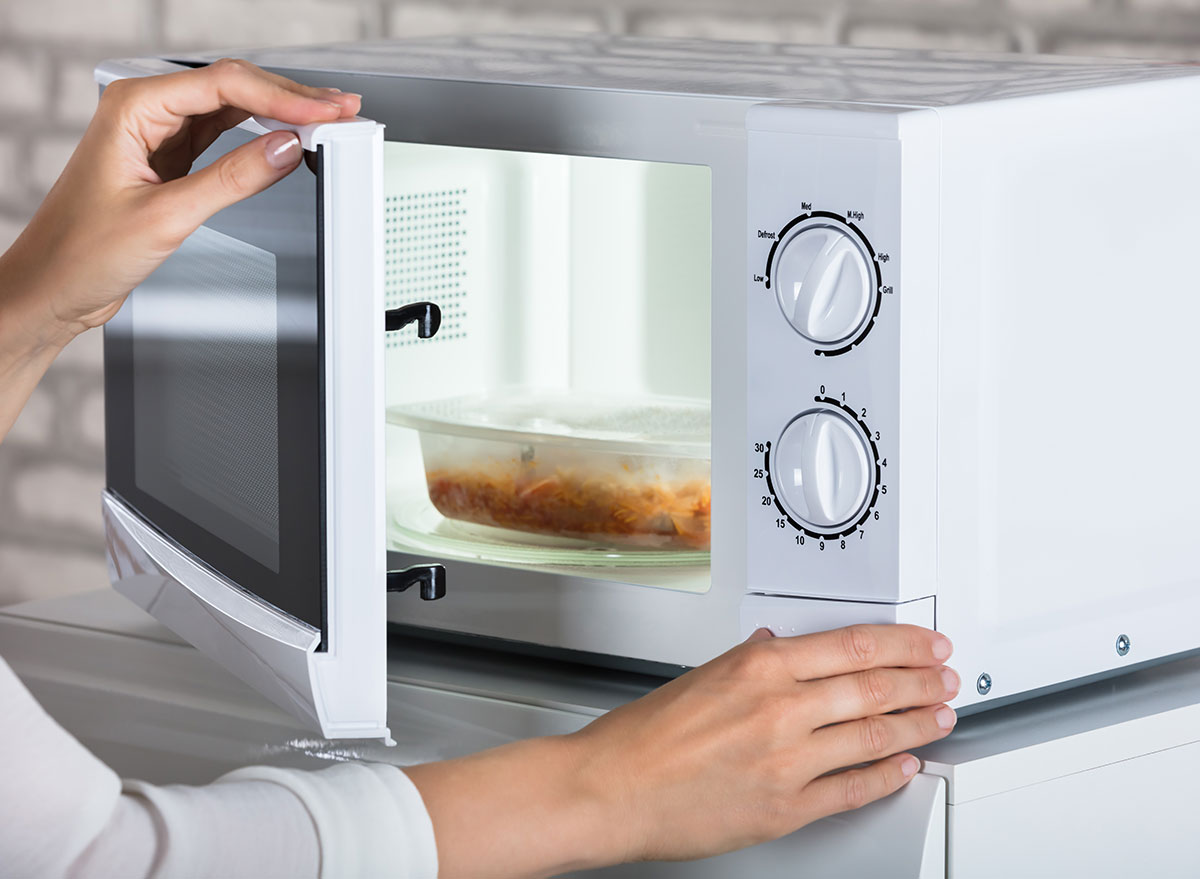
Although it might be easier to just put the food and the plastic container it comes in right into the microwave to get cooking, taking the few extra minutes to move your cold food into an appropriate dish for reheating is simply better for your overall health.
"Microwaves heat everything, not just the food," Lam says. "Only microwave food in containers that are labeled microwave-safe. When in doubt, transfer your food from plastic to heat-proof glass or ceramic containers."
Plus, it just feels more like a real meal when you eat using solid kitchenware and utensils.
Mistake: Forgetting the fork.
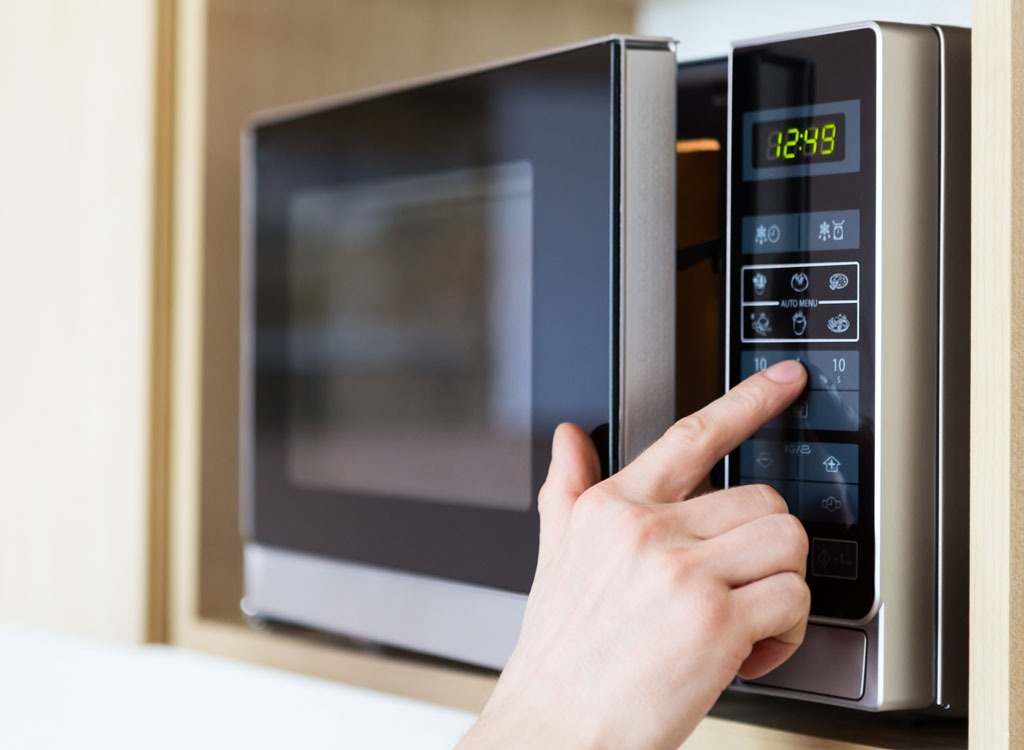
Be sure to remove the fork—and anything metal—from the environment before pressing "start."
"Some items should not go into the microwave because they can be damaging and dangerous to the microwave. Items like metal pans, silverware, and aluminum foil can cause damage to the microwave that could even lead to a fire," Lasagna says.
Mistake: Leaving food unsupervised.
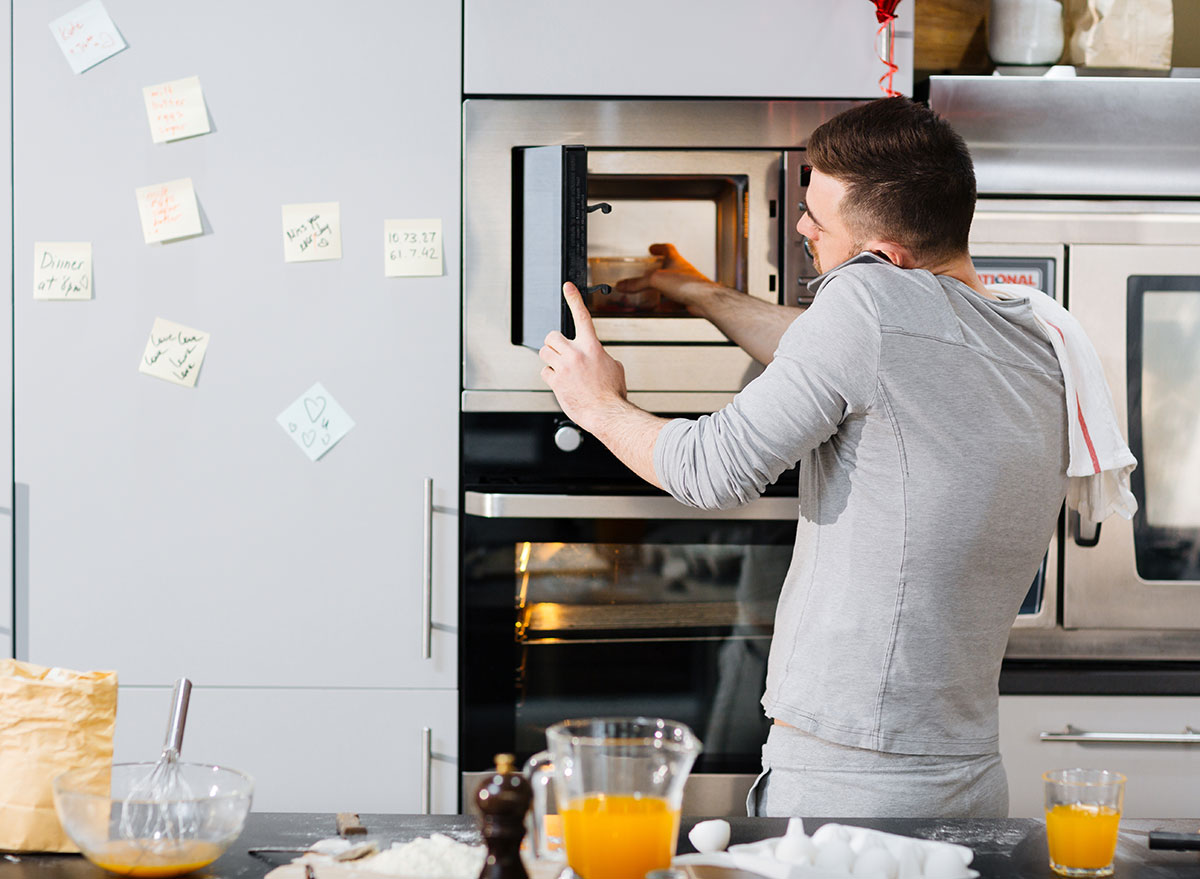
We're all for encouraging hitting your 10,000 (or 15,000) steps for the day, but cook time is just not the ideal moment for that, Lasagna says.
"It's easy to walk away from the microwave while food is cooking, but don't stray far away," she says. "It's best to stay near to check on foods as they cook to make sure they are heating evenly and aren't splattering or overheating."
Mistake: Eating it too quickly after cooking.
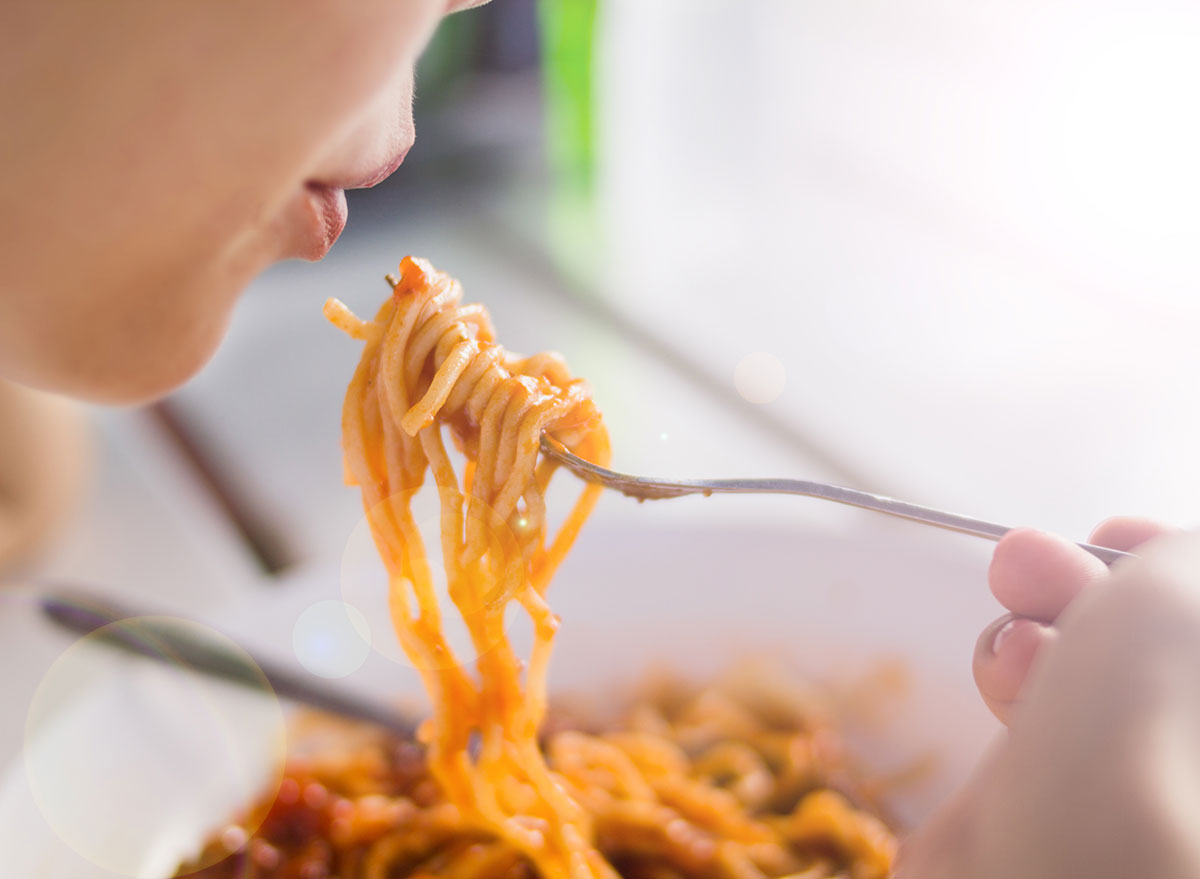
For the best (and safest!) results, take a breather after you pop open the door and pull out the food. That means no digging right into a steamy hot plate of grub, as having a little patience is better for your meal in the long-run.
"Let food rest after microwaving. That way, the heat will have time to even out," Lam says.
Mistake: Microwaving something with a tendency to spark.
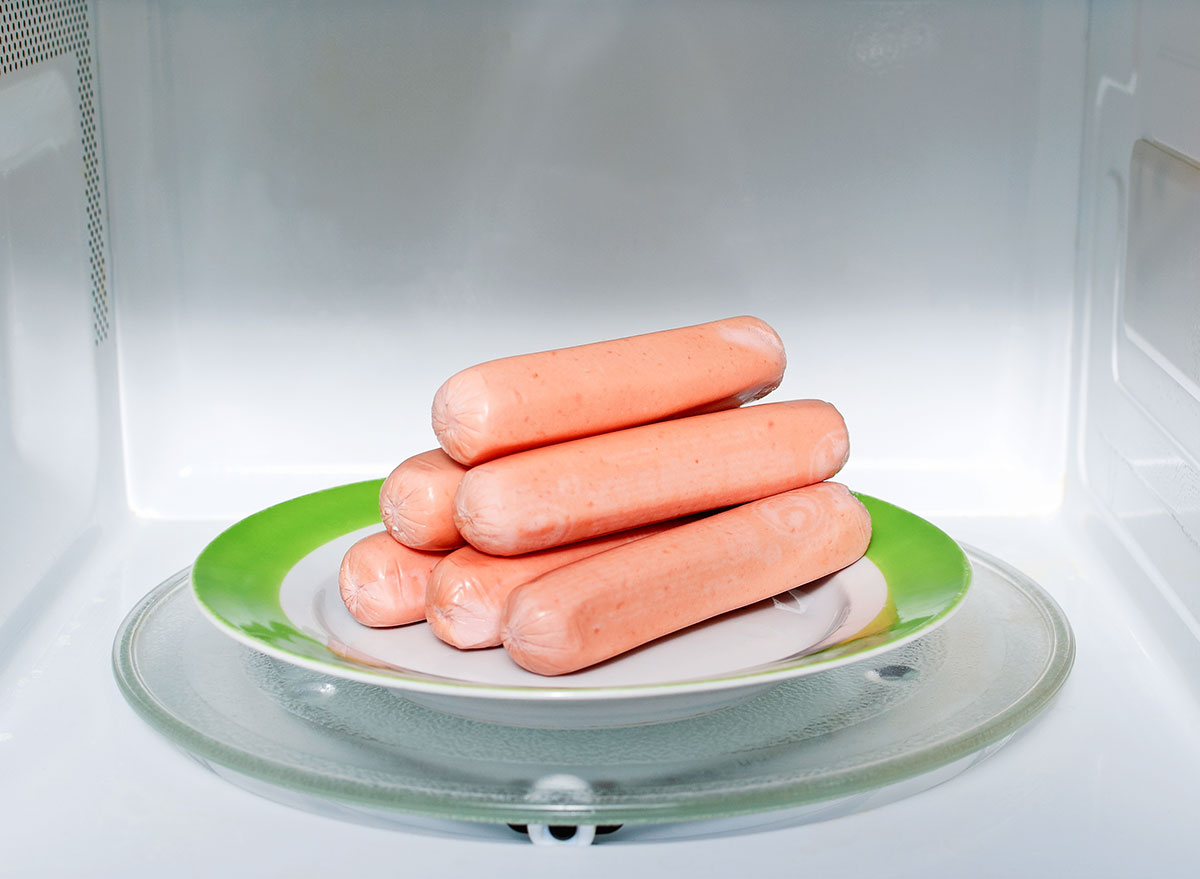
A spark on a first date is good. On a first cook? Bad. Very bad.
"Certain foods spark in the microwave, given the right circumstances," Lam says.
Scientists aren't sure exactly why it happens and it's tough to predict, so "the best course of action is to keep an eye and an ear on your food when microwaving," she says. According to the United States Department of Agriculture (USDA), no-go microwave noshes include hot dogs and carrots, and NPR counts kale and spinach as offenders, too.
Mistake: Microwaving something that might explode.
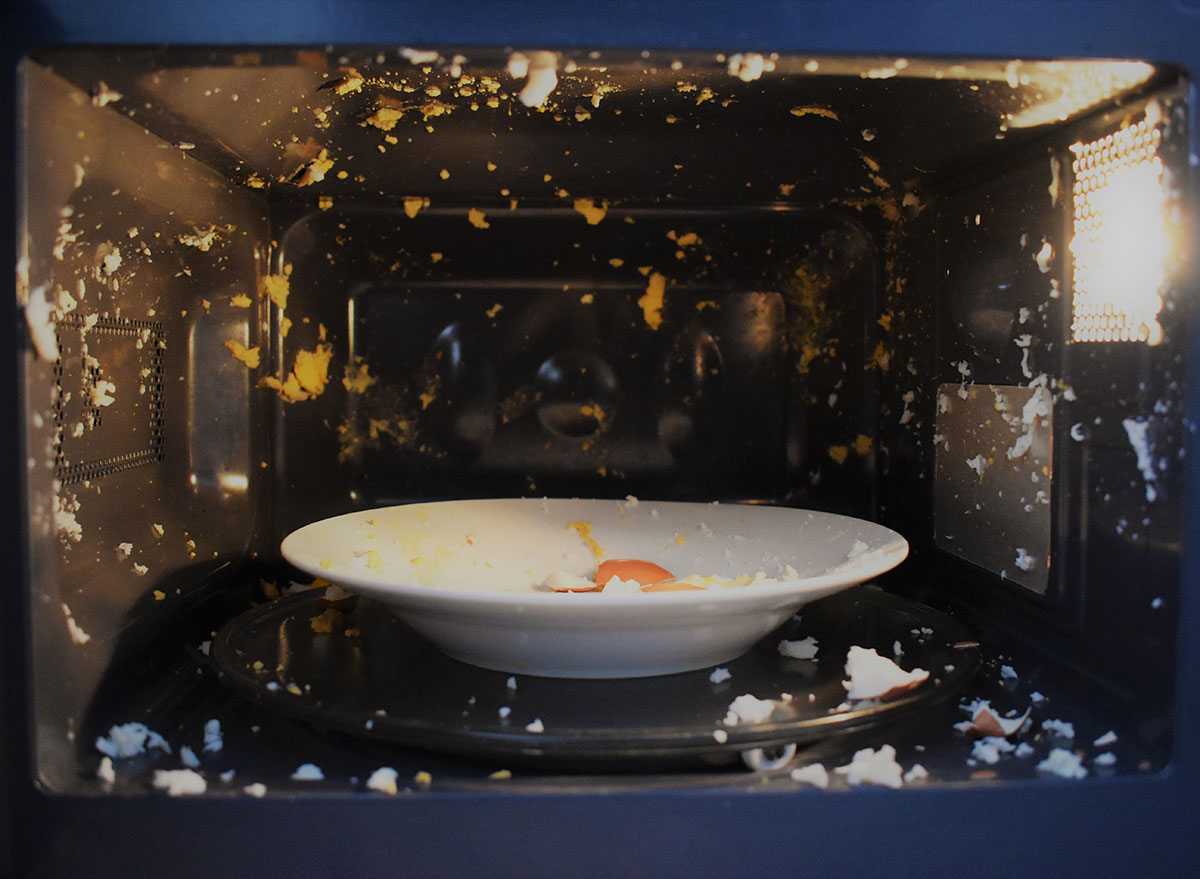
Beyond the spark risk, steer clear of blasting anything with the capacity to combust, or to explode. "Some foods are simply not suitable for microwave cooking," Lasagna says. "The first that comes to mind is shell eggs. Shell eggs for hard-boiled eggs should be made on the stovetop since there is a chance of them blowing up in the microwave. Better safe than sorry!"
Mistake: Nuking peppers.
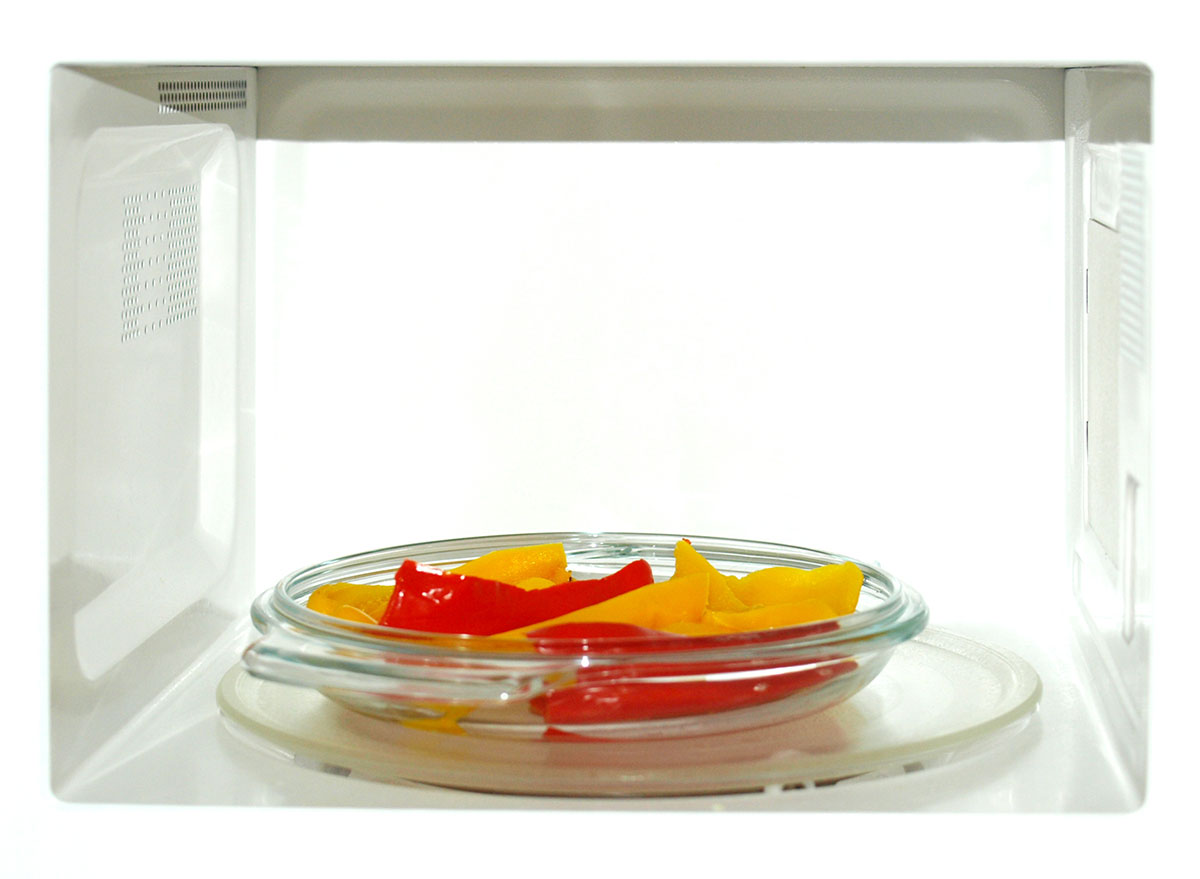
Because hot peppers can emit some of their capsaicin—a potent extract that can sting your eyes, nose, and throat as soon as you open the microwave door—Lasagna recommends sautéing them instead.
Mistake: Allowing your appliance to get grimy.
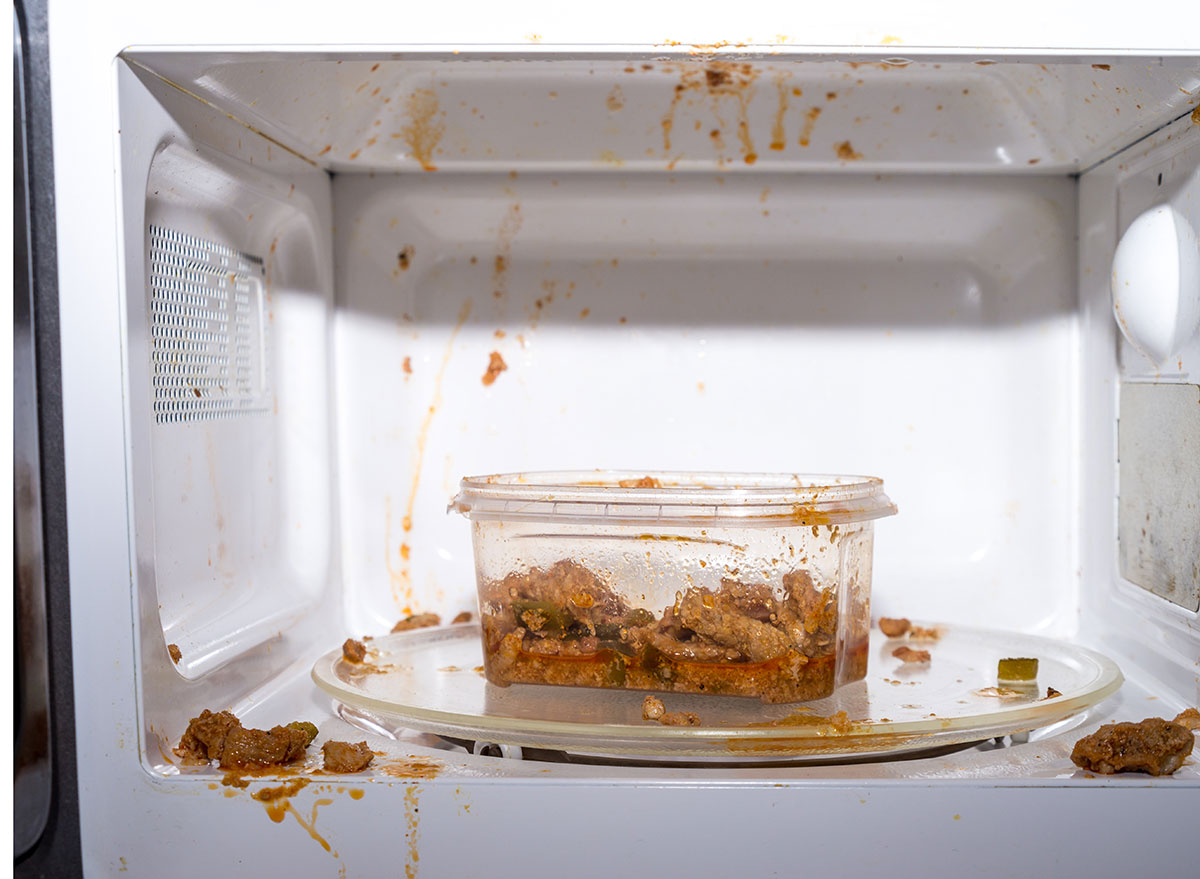
H2O is all you need to keep your appliance spick and span.
"Microwave a bowl filled with about two cups of water for two minutes. After the timer goes off, leave the door closed and let it sit for five minutes," Lam says. "The hot steam will soften any cooked-on food, and you can wipe up the splatters with a cloth after that."
Lasagna recommends doing this daily if you use it that often, or weekly will probably do if you follow steps one through 11.
Mistake: Using a microwave on its last leg.
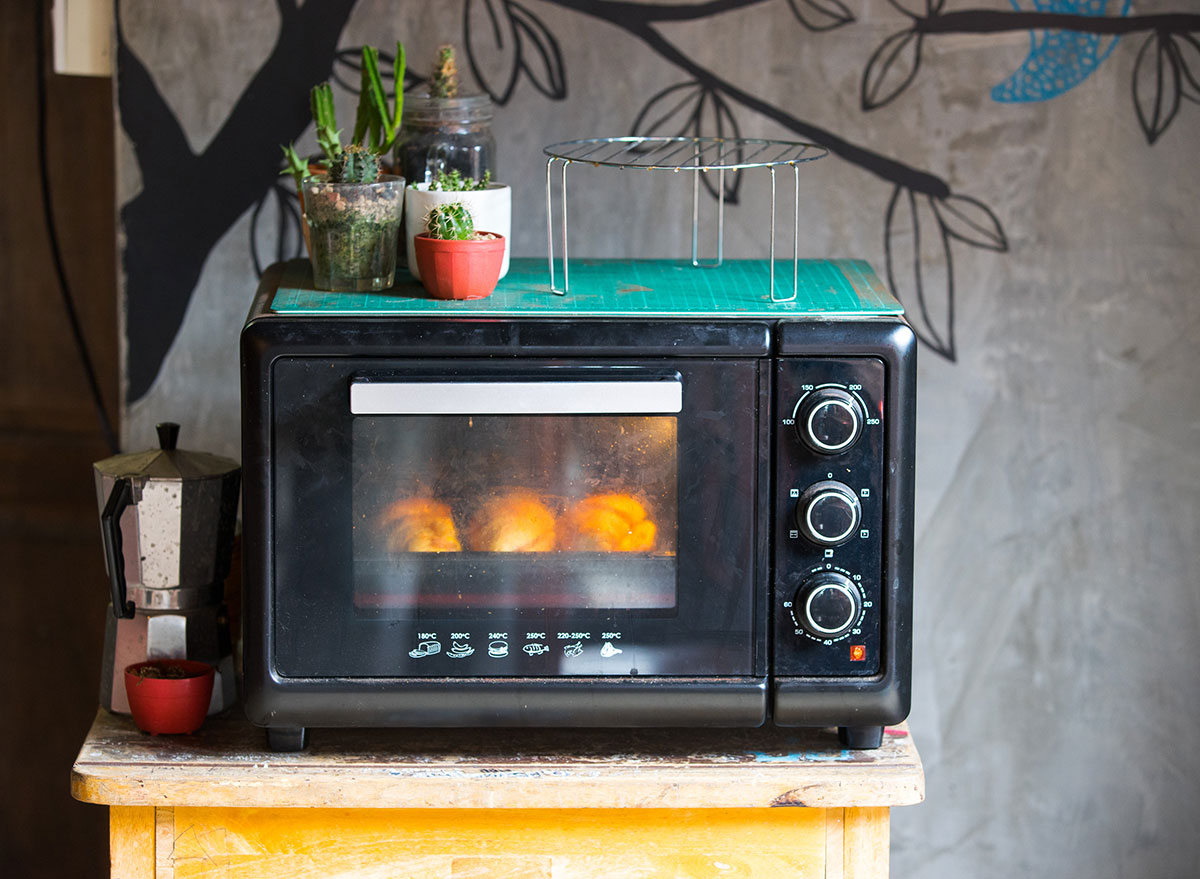
Lam and Lasagna hereby give you permission to shop for a new microwave if…
- The door doesn't open or close properly
- Items take noticeably longer than usual to cook completely
- The keypad is "wonky"
- Smoke dissipates during cooking
And there are tons of great options you can shop now on Amazon, too.
For more, check out these 108 most popular sodas ranked by how toxic they are.
